The first in what will be a regular series of interviews with interesting and talented smartphone photographers features Mark T Simmons. Mark is an iphoneographer who has been attracting a fair amount of interest from others in the iphoneography community. Living in South London and working in the city, Mark’s true passion is travel and this is where he began taking photos for himself and where his real involvement with photography grew from.
Even though is relatively new to the iphone photography scene, Mark has already been featured in various iPhoneography and media websites including The Guardian, LifeinLoFi, IPhoneography Central, iPhonogenic and the Flickr Blog.
Mark’s photography has a distinctive quality especially his series of images set deep within the depths of the London Underground. Mobiography caught up with Mark to find out a bit more about the man and his photography.
How did you first become interested in iphone photography?
I have always liked photography as a medium but when I purchased my first iPhone late last year I suddenly realised that I could take shots in certain situations that I just could not do with a DSLR, the London underground system being one of them.
Photography and particularly the mobile photography that I do helped me through a difficult time in my life. It was a place I could go that was my own that sustained me.
You are currently running a series about the underground as part of a 365 project. Could you tell us a bit about this project?
I started a 365 project this year to force me to become a better photographer. Around the same time I had also started a new job in the centre of London and began travelling regularly on the underground system. The only time I had to take photos was during my commute to and from work. After a little while I saw a pattern emerge in my work. It was like a motif and I was intrigued to see how this could develop and the direction it would take so I started travelling during my lunch breaks to explore other tube stations and their architecture. It did not take long before I wanted to create a series of shots about what I see and imagine down there and that is how the “Live From The Underground” series evolved.
A lot of your underground photography uses perspective and symmetrical composition. What inspired you to focus on underground locations?
For a system that is so used and busy there are still places that are surprisingly deserted and I have tried to capture this sense of isolation within this otherwise overcrowded urban environment.
A large number of images contain a single solitary figure and this is deliberate, adding to the sense of loneliness. The symmetrical lines lead the viewer into the image and toward the vanishing point. This for me enhances that sense of alienation within the space. The locations are stunning feats of architecture, so that helps the composition as well.
I do not try to capture the underground as Transport for London would like. I capture it as I wish to see it and I use these spaces as a medium to create my own world down there.
Have you had any formal training in photography?
No, not really. I am self-taught technically and I am someone who just spends a lot of time looking at other photographers’ work for inspiration. There are so many talented artists out there and the web has allowed these people a voice. My technical skills followed the creative impulse.
Do you have any future plans for the direction your iPhone photography is heading and how it is promoted?
The moment used to be everything for me but moving forward I feel my work will be less about capturing a moment and more about conveying emotion, scale and imagination. How it is promoted is a still a work in progress.
What apps do you regularly use? Which is your favourite and is there a process or methodology that you apply to your post production editing?
90% of my images are shot using Hipstamatic, run through Alt Photo filters and then everything else worked over in Snapseed, which is Lightroom for iPhoneographers. I used to love Snapseed’s filters until Alt Photo came along but their Old Kodachrome 35mm colour film is in my opinion, the best filter around at the moment.
You are very active of Flickr, do you use any other social networks? Is the social promotion of your work an important part of your process?
I love Flickr because the community on there is very special. Not only do you receive encouragement from followers of your work but also suggested improvements and tweaks. It’s not so much about promoting my work, it’s more about the connection with this amazing community. I just don’t think you find that anywhere else. I am in the process of setting up an EyeEm account and redesigning my Tumblr account.
Of all the photographs you have taken, do you have a favourite and why?
Urban Isolation is the image where it just clicked for me. With that shot, I stopped trying to recreate other iPhoneographers’ work and started looking at the environment around me to create my own style. It’s a very special image for me.
Are there any photographers that have influenced your work or have inspired you in some way?
I am inspired by a lot of photographers but my favourite is Daido Moriyama because his images resonate on an emotional level for me like no other photographer does. He uses the environment around him to create his images in a way that is unlike any other artist I have seen.
If you could spend the day with any photographer past or present, dead or alive, who would it be and why?
Although I love Moriyama, I think it would have to be William Klein. I saw a recent documentary about his life and work in which he revisited a lot of sites in New York where his most famous images were made. He came across as a really cool guy and he makes street photography look so easy.
Do you follow any blogs or websites in the mobile photography niche?
I regularly visit most of them but I follow Life in LoFi, iPhoneogenic and of course Mobiography.net
How do you see iPhone photography developing over the next year and beyond?
I am still very new to iPhone photography and it is difficult to predict a long term direction, to see where it is heading but I feel that as IPads and tablets become more popular and accessible, images will be layered and constructed after the initial shot and post-production and manipulation will be the focus. That’s the trend I see developing but that’s not where I feel my work will go.
Connect with Mark
Flickr: Mark T Simmons
Tumblr: marktsimmons.tumblr.com

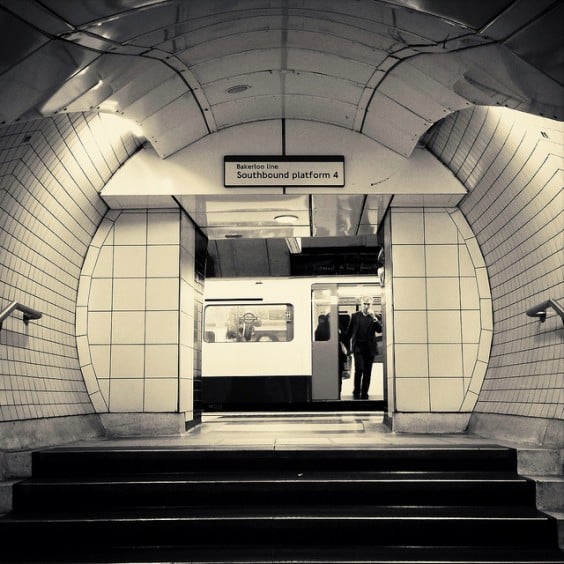
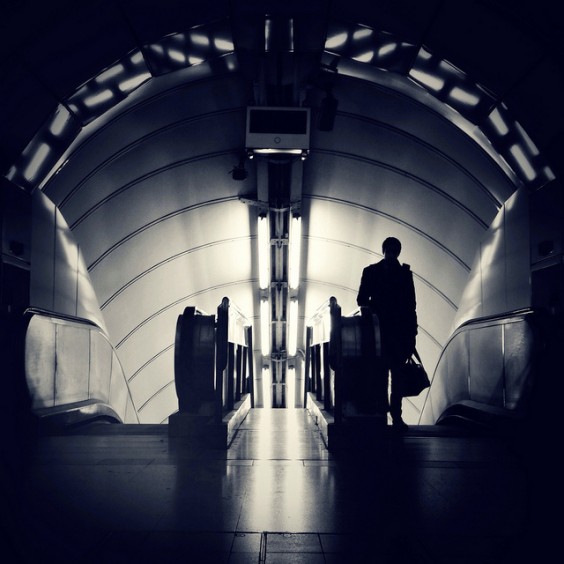
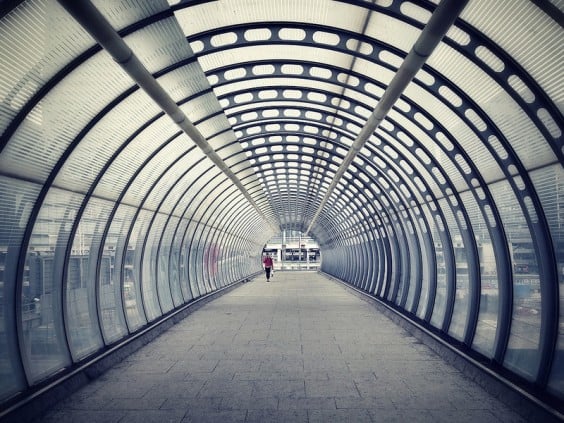
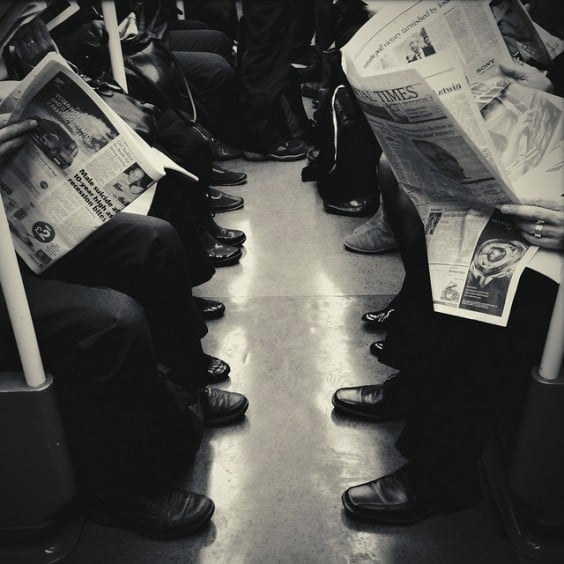






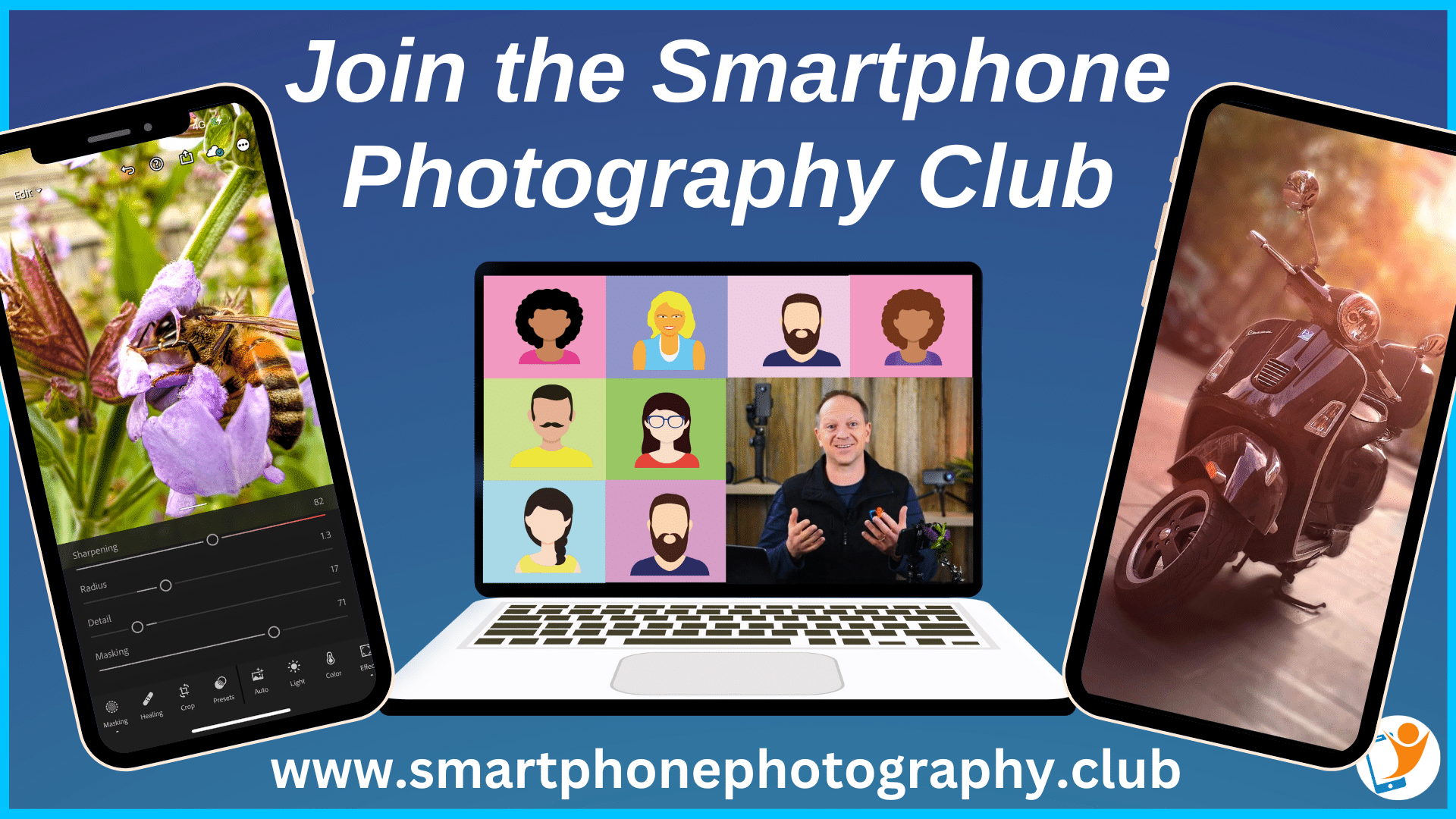
Trackbacks/Pingbacks